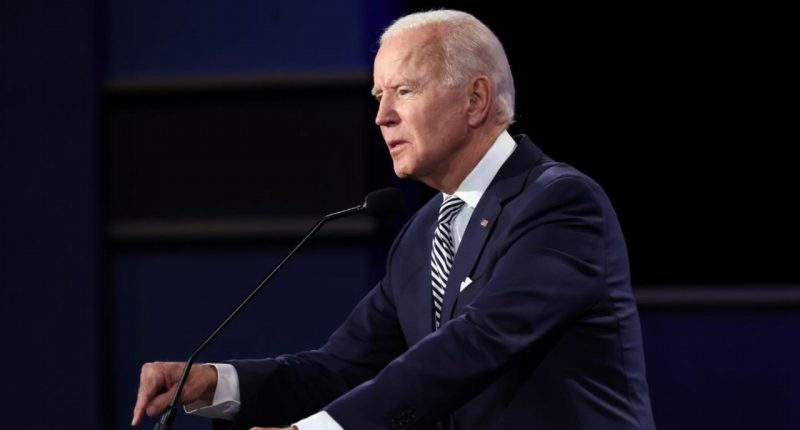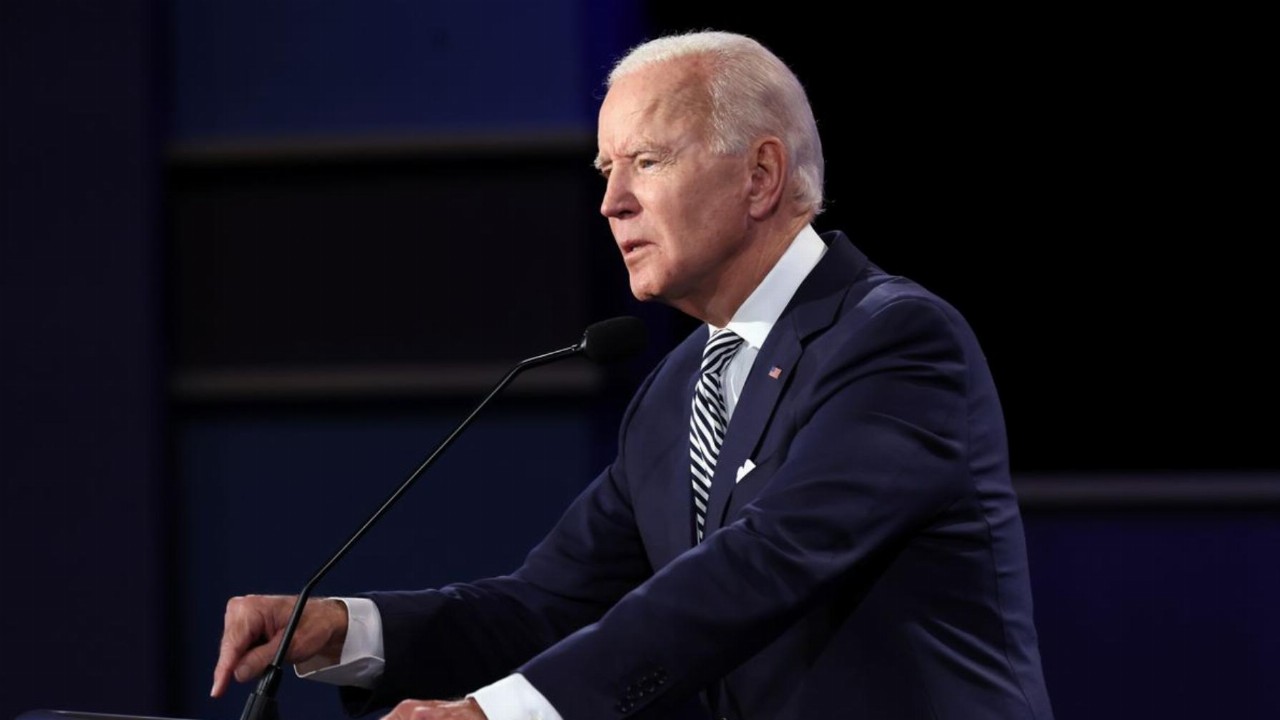- As US President Joe Biden’s historic infrastructure bill inches closer to reality, Australian exporters may get a new ticket to the land of opportunity
- “We will rebuild” takes on a whole new meaning in the wake of Biden’s trillion-dollar bid to revitalise public infrastructure amid a global pandemic
- When it becomes law, the bill will breathe life into the nation’s crumbling public transport, housing and utilities sectors
- It will additionally set the wheels in motion for a transition to green energy over the next eight years
- With demand for essential materials expected to increase, some of Australia’s minerals reserves could prove a lucrative asset in Biden’s new green era
With Biden’s historic infrastructure bill closer to becoming a reality, Australian exporters may have found new ticket to the land of opportunity.
While an exact amount is yet to be stipulated (the Republicans would prefer a bill that doesn’t include corporate tax hikes) both sides of the Senate aisle seem to be onboard with Biden’s trillion-dollar bid to re-energise US infrastructure.
When it becomes law, the bill is hoped to breathe life into the nation’s crumbling transport, housing and utilities sectors, while setting in motion a transition to green energy over the next eight years.
The Democrats first tabled $2.2 trillion for the bill last year, but the watered-down amount is expected to total approximately $900 billion at this stage of negotiations.
Although a significant enough proposition in itself, the timing of Biden’s policy also comes during a critical shift in international trading relationships.
As debate continues over the exact amount, Republicans and Democrats do agree on the economic stonewalling of China. This is a crucial element in the US’s medium-term trade outlook.
While echoing the Trump administration’s desire to reshore American jobs, Biden has also flagged a clear message to favour US “allies” as it moves into its greener age. This poses the question as to which countries will benefit from what Biden has called a “once in a generation investment in America”.
Australia is fortunate to be home to much-needed resources and accompanying expertise that could open doors to new relationships between Australian exporters and US manufacturers.
Titanium
Titanium has a myriad of uses in construction, as well as aircraft and cars.
As strong as steel but about half as dense, its properties lend themselves to producing high-performance alloys when combined with the likes of iron, aluminium and vanadium.
These alloys would be likely to face high demand during a period of infrastructure regeneration, but could also be set to benefit from Biden’s big push for electric vehicles.
While the US has made firm commitments to look after its own, it has also indicated it will look to more favoured trading partners. With that in mind, Hyperion Metal’s (HYM) Titan Project in west Tennessee could prove a key asset for the ASX-listed company as infrastructure spending gets underway.
The Titan Project covers 1558.04 hectares of titanium, rare earth minerals, high-grade silica sand and zircon-rich mineral sand properties.
Hyperion aims to channel these resources into a zero-carbon critical mineral supply chain. With the project close to manufacturing facilities, Hyperion has said it has a competitive edge over those exporting to the US, one of the world’s largest titanium importers.
Rutile
With Biden’s plan set to “build, preserve and retrofit” more than two million homes and commercial buildings, modernise schools, and upgrade hospitals and federal buildings, the US will require a substantial lick of paint.
The origins of the white pigment found in most paint stems from the mineral rutile.
When processed, its properties lend themselves primarily for use as a pigment for paints (of which there is approximately 38 grams per litre of wet paint), plastics and paper. It is also used in the production of titanium metal.
Significantly, rutile can be processed into pigments in a more carbon-efficient way than its synthetic alternatives. This offers the natural mineral an advantage given Biden’s clear stance on moving to greener manufacturing processes and cutting carbon emissions.
Due to rutile’s scarcity, there are few ASX-listers operating in this space. One of the prominent players, however, is Sovereign Metals (SVM).
The company touts backing from affiliates of the Sprott Group and what has recently been confirmed as one of the largest rutile deposits in the world, the Kasiya rutile deposit in Malawi.
Copper
The ‘red metal’ is likely to play a key role in many elements of Biden’s infrastructure plans.
Copper’s high levels of malleability and conductivity make it an essential element in the development of electrical infrastructure and vehicles, as well as high-speed broadband.
Meanwhile its anti-corrosive characteristics and durability make copper a sought-after input for construction. It can also be recycled – an attractive feature amid the global move towards greater sustainability.
Mining behemoth BHP estimates copper demand could increase by 1.7 million tonnes by 2027, with electric vehicles using four times as much copper as their internal combustion engine (ICE) counterparts.
BHP’s foothold in Chile, which is considered one of the world’s largest copper producers, could prove to be a lucrative asset, particularly given the US imports the vast majority of its copper from the South American nation.
A projected surge in copper demand and shifting global trade partnerships could open the door to new relationships for fellow ASX-listers such as Rex Minerals (RXM).
The company is looking to champion copper mining in South Australia at its Hillside Project, situated on the Yorke Peninsula.
Since identifying copper-gold mineralisation in 2008, the company has drilled the deposit and completed a pre-feasibility study confirming a net present value of $501 million. The explorer has also recently become debt-free after paying off a $4.4 million loan facility.
Nickel
As the US’s appetite for impact-resistant structures grows so will its need for stainless steel and, in turn, nickel.
More than two thirds of global nickel production is used to manufacture stainless steel, according to the Nickel Institute, making the shiny metallic element essential for use in construction.
Stainless steel containing nickel is typically easier to form, resistant to higher temperatures, and more durable and versatile.
Nickel’s properties also allow it to be used in lithium-ion or rechargeable batteries, which are also set for a demand boost under Biden’s green initiatives.
ASX-lister Dreadnought Resources (DRE) hosts approximately 11,440 hectares in exploration tenements in Western Australia across 30 mining leases, where it is pursuing economic gold, copper and nickel deposits.
Upcoming exploration efforts are underpinned by a recent $3.5 million placement which is accelearting drilling at the Tarraji-Yampi Project in the Kimberley region of WA.
With its reserves of minerals essential for construction and the global transition to zero net emissions, Australia is well placed to reap the benefits of the long-awaited flow of major project funds in the world’s largest economy.
At close of market on Tuesday June 15, Hyperion Metals shares were trading at $1.10, Sovereign Metals shares were trading at 68 cents, Rex Minerals were trading at 39.5 cents and Dreadnought Resources shares were trading at 2.7 cents.








